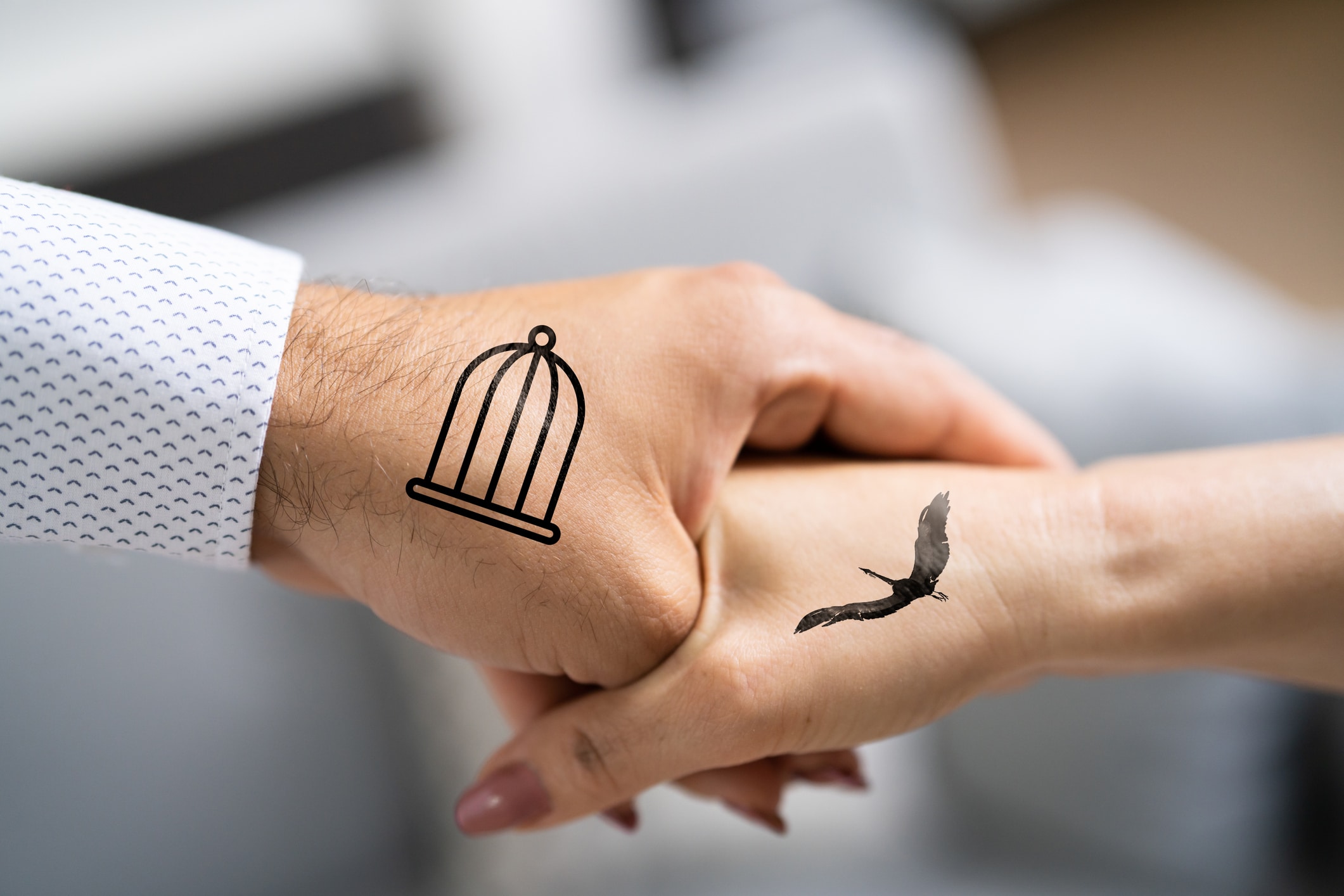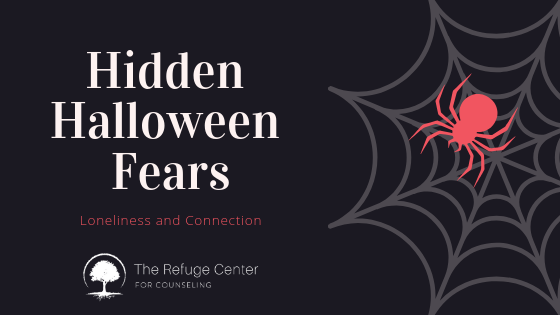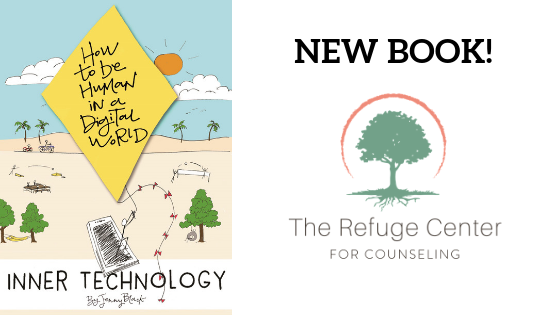The term “codependency” is used to describe a dynamic where one person in a relationship becomes excessively preoccupied with the needs, feelings, and problems of the other person to the detriment of their own well-being. If you have never explored codependency, it may be difficult to understand the negative effects of “over-helping.” Codependency is characterized by a pattern of behaviors and traits that involve excessive reliance on and preoccupation with others, often at the expense of one’s own needs and well-being. Codependence affects one’s personal life, one’s family, children, friends, and relatives, one’s businesses and careers, health, and spiritual growth. It is debilitating and, if left untreated, causes us to become more destructive to ourselves and others. Many come to a point when we must look beyond ourselves for help.
To help gain clarity about what codependent behavior may look like, we introduce “Sandy,” our codependent friend who is in a romantic relationship with “Bill.” Bill has a history of substance abuse, and despite his struggles, Sandy consistently prioritizes his needs and tries to control his behavior in an attempt to “fix” him. She spirals into more and more attempts to control and change Bill in order to save him from his own behavior. Here are some of the red flags we see in Sandy’s action.
Enabling: Sandy might frequently make excuses for Bill’s actions, cover up for him, or take on responsibilities that should be his because she fears he cannot handle them on his own. For example, if Bill misses work due to his substance abuse, Sandy might call his workplace with an excuse to protect him from consequences.
Neglecting Personal Needs: Sandy often neglects her own needs and desires in favor of Bill’s well-being. She may skip social events, hobbies, or self-care activities to focus on taking care of Bill or preventing potential crises related to his addiction.
Emotional Dependence: Sandy’s emotional well-being becomes heavily dependent on Bill’s state. She feels responsible for his happiness and feels extreme anxiety or guilt if he is not doing well. Her own mood and self-esteem are tied to Bill’s behavior and emotional state.
Lack of Boundaries: Sandy struggles to establish and maintain healthy boundaries. She may allow Bill to cross boundaries repeatedly, such as invading her personal space, using her possessions without permission, or manipulating her emotions to get what he wants.
Control Issues: Sandy attempts to control Bill’s actions and choices with the belief that she can “save” him from his struggles. This can include monitoring his activities, trying to manage his friendships, or attempting to control his substance use.
Fear of Abandonment: Sandy fears that if she doesn’t fulfill Bill’s needs or if she sets boundaries, he might leave her. This fear of abandonment drives her to continue engaging in codependent behaviors, even when they are harmful to her own mental and emotional health.
In this example, Sandy’s actions reflect classic codependent behavior, where her sense of self-worth and identity is entangled with Bill’s well-being, leading to a dysfunctional and unhealthy dynamic in the relationship.
Mental health professionals have explored the underlying psychological and emotional factors contributing to codependent patterns, and treatment approaches have evolved to address these issues. Individuals in the relationship may seek outside help, such as therapy, to break the cycle, address underlying issues, and develop healthier patterns of relating to each other.
Breaking the cycle often requires both individuals in the relationship to acknowledge and take responsibility for their roles in the dysfunction. Professional intervention, such as therapy or support groups, can be crucial in guiding individuals toward healthier relationship dynamics.
One of the key figures in popularizing the concept of codependency was Melody Beattie, the author of “Codependent No More.” Her book, published in 1986, played a crucial role in bringing attention to codependency as a prevalent issue and offering practical guidance for recovery. Likewise, CODA.org is the anonymous 12-step program for codependents. They note on their website, “Somewhere along the line, we learned to doubt our perception, discount our feelings, and overlook our needs. We looked to others to tell us what to think, feel, and behave. Other people supplied us with information about who we were and should be. It became more important to be compliant or avoidant rather than to be authentic, and we adopted rigid beliefs about what “should be.” We believed that if we could just “get it right,” things would be okay. When we “got it wrong,” our sense of security and self-worth evaporated.”
If you would like more information on support groups where you can learn more about codependency, contact The Refuge Center, your therapist, or you can visit https://coda.org/find-a-meeting/ .




